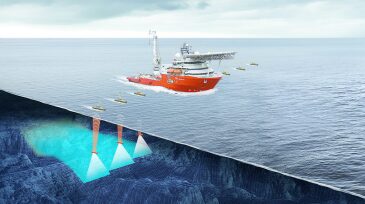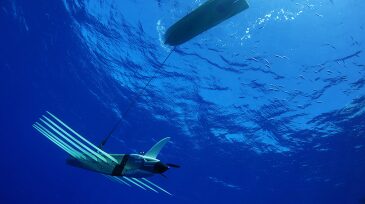Robotics/unmanned systems
The USV Challenger will be remotely controlled from shore and will be equipped with multiple autonomous features.
Terra Drone will support Aramco's operations and Saudi Arabia's technological and economic progress.
A robotic arm, camera system, and virtual reality helped EniProgetti and University of Naples researchers overcome the major challenges of direct-contact nondestructive testing using a drone.
-
As companies begin examining facilities in the wake of Hurricane Harvey, commercial drones have become a valuable asset in reaching flooded areas too dangerous for people to reach.
-
The classification society's first offshore drone survey was conducted on a semisubmersible used to support Statoil's drilling operations in the North Sea.
-
Robots have the potential to move human operators away from uncomfortable, potentially risky environments and into comfortable, safe control rooms.
-
Operators need to take steps to protect their facilities from drone security breaches by outsiders. The costs an attacker incurs in developing tools to break into and control infrastructure is low compared to the costs an operator incurs in defending against those tools.
-
General Electric has launched a subsidiary to develop and sell the use of flying, crawling, and swimming drones for inspections in the oil and gas industry, among others, the company announced.
-
Behind the use of most drones and unmanned aerial vehicles is the issue of safely and legally operating beyond the visual line of sight (BVLOS). Jim Cieplak talks about his work with Harris Corporation and BVLOS solutions.
-
AUVs aren’t limited to inspections and pipeline surveys. Deployment of a flotilla of AUVs to work on a project, and the communication among them, may someday lead to a subsea Internet of Things.
-
SPE’s newly launched technical section will provide a central hub for questions, answers, discussion, collaboration, and networking around unmanned systems for the oil and gas industry.
-
Developments in the emerging technologies of unmanned vehicles are leading to new land, sea, and air applications in the oil and gas industry.
-
A closer look at recent unmanned aerial vehicle (UAV) regulations and sensor technologies shows the areas in which they could have a major impact on oil and gas projects in the future.












